Description
Manufacturer:GE-FANUC
Part Number:DS200PCCAG6ADB
Functional Acronym:PCCA
Functional Description:Power Connect Card
PCB Coating:Normal Coating
Functional Revision:Revision 1A, Revision 2D
Artwork Revision:B
Instruction Manual:GEI-100161
Compatibility:DC2000 series
Interface Type:Interface between DC2000 drive assembly and SCR power bridge
Communication Protocols:Supports standard communications
Memory Capacity:64MB user memory, 64MB flash memory
Processor:Pentium III CPU at 300MHz, 700MHz or 1.8GHz
Network Interface:Embedded 10/100 Mbps self-adaptive half/full-duplex Ethernet
Redundancy:Double machine hot standby with GE patented mirrored memory technology for synchronization
Data Transfer Rate:Up to 2.1Gbps synchronization rate
Remote I/O Connection:Ethernet or optical fiber options
Series Compatibility:Compatible with existing GE Fanuc control systems
Upgrade Capability:Controller upgrade without disrupting cabinet wiring
The GE-FANUC DS200PCCAG6ADB is engineered for seamless integration with the DC2000 series, offering enhanced functionality and reliability in industrial automation systems. This Power Connect Card is designed to optimize performance and reduce downtime by facilitating efficient communication between the drive assembly and the power bridge.
Featuring a robust Pentium III processor, the DS200PCCAG6ADB ensures fast processing and data handling capabilities, making it ideal for applications requiring high-speed data transfer and responsive system operation.
With support for multiple communication protocols, including Ethernet, this card ensures compatibility with various networking standards, enabling flexible and efficient data exchange across different devices within the industrial environment.
The embedded Ethernet interface supports both half and full duplex modes, allowing for versatile network configurations and ensuring reliable data transmission speeds.
For enhanced system resilience, the DS200PCCAG6ADB incorporates GE’s patented mirrored memory technology, providing synchronized operations and ensuring smooth system transitions during maintenance or upgrades, thus minimizing operational disruptions.


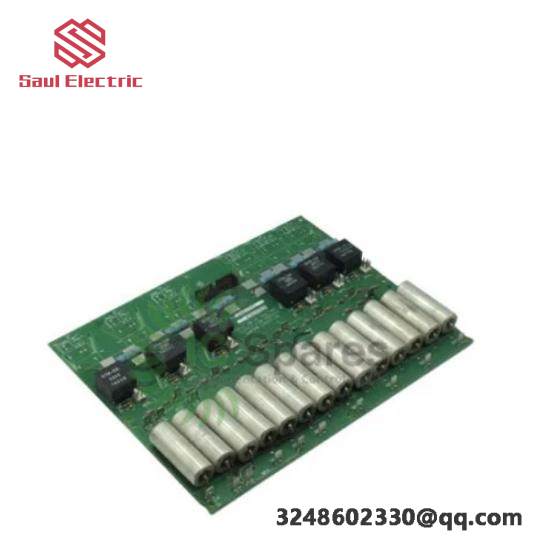
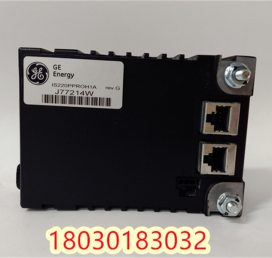
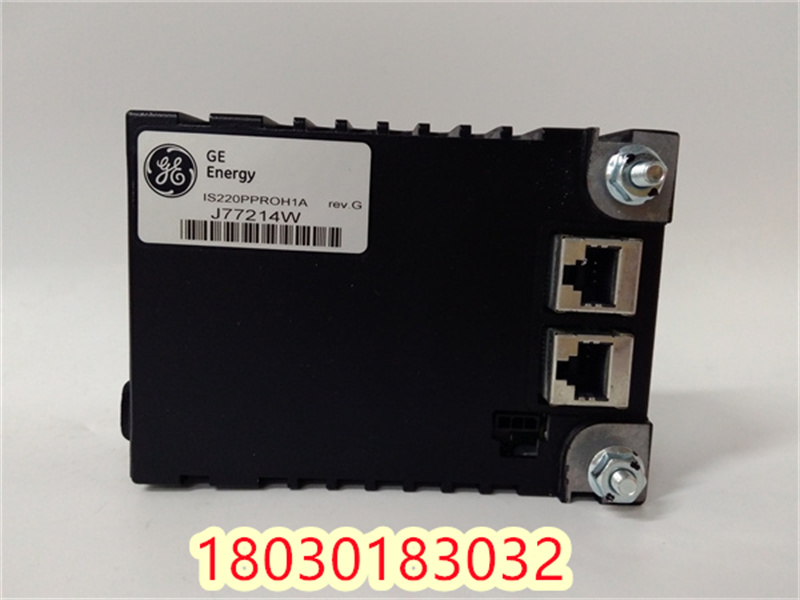
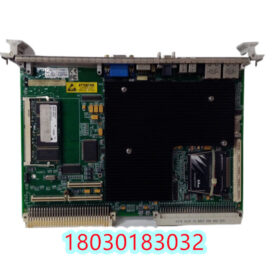
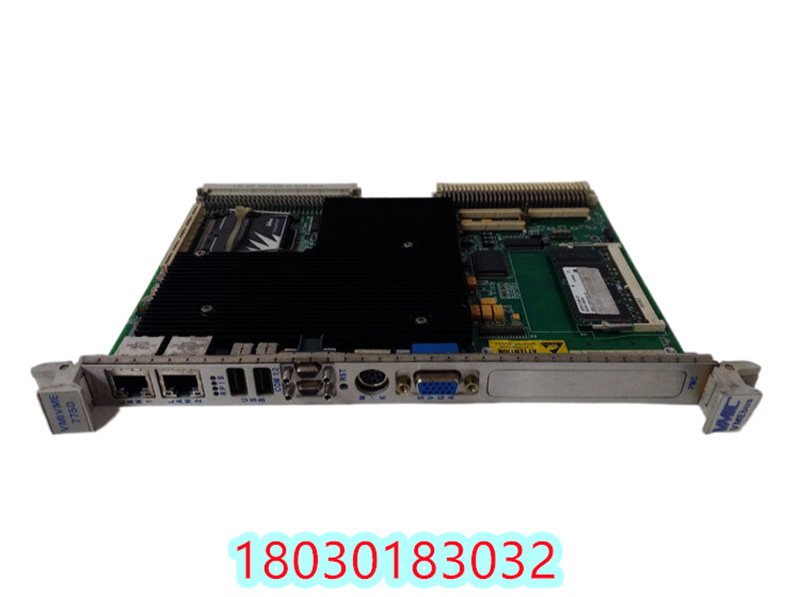
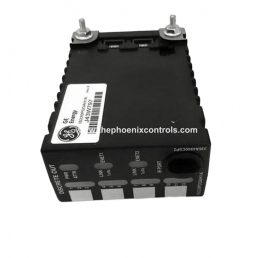
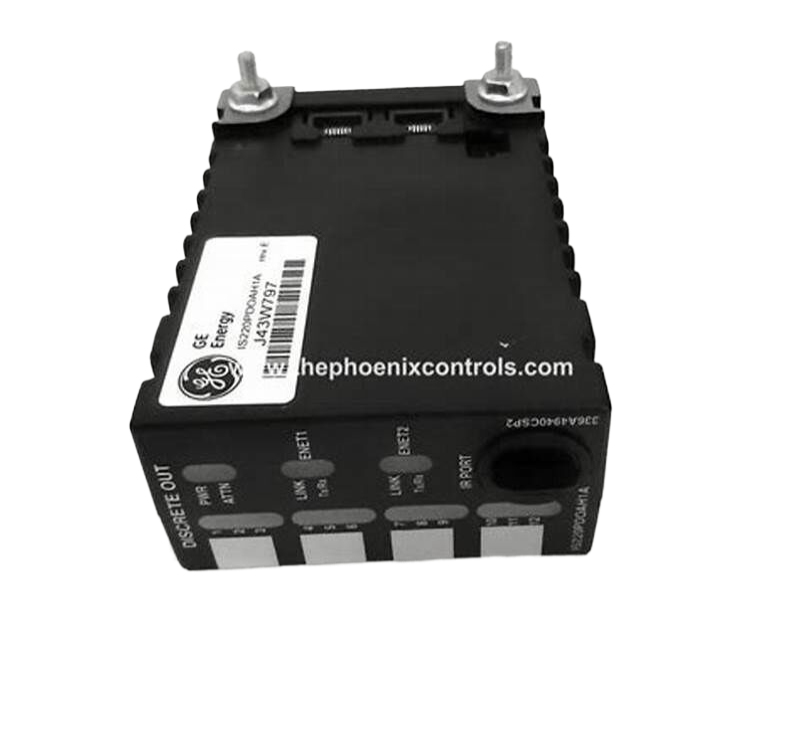
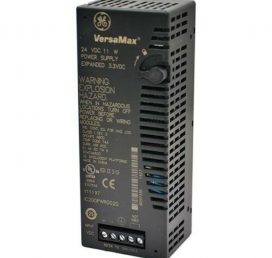
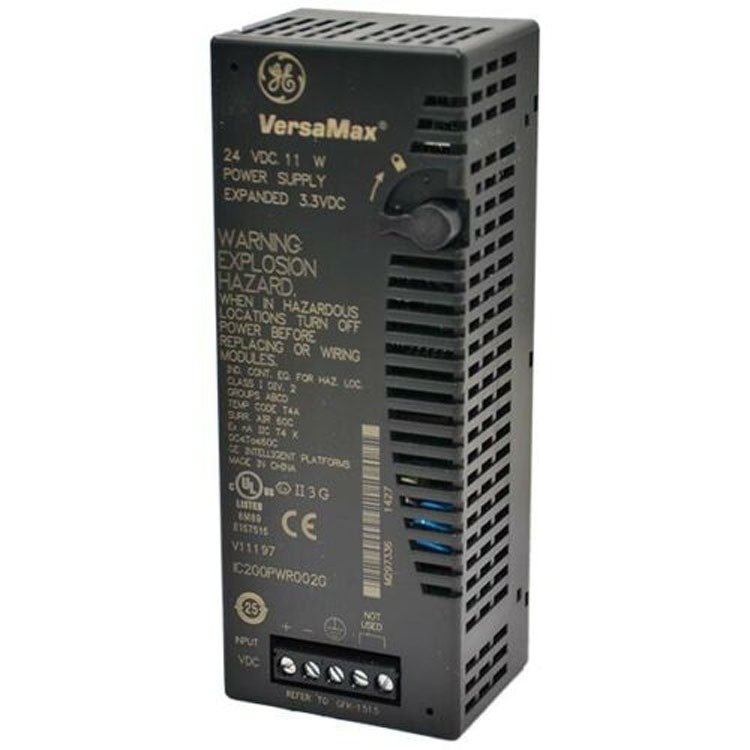

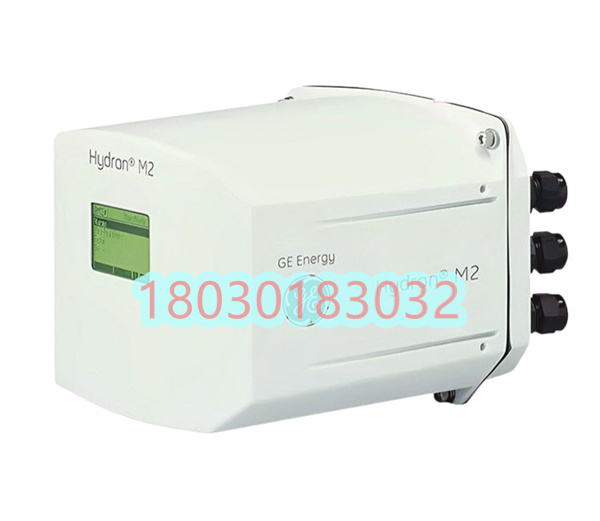
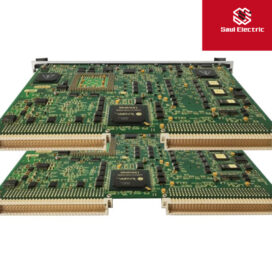
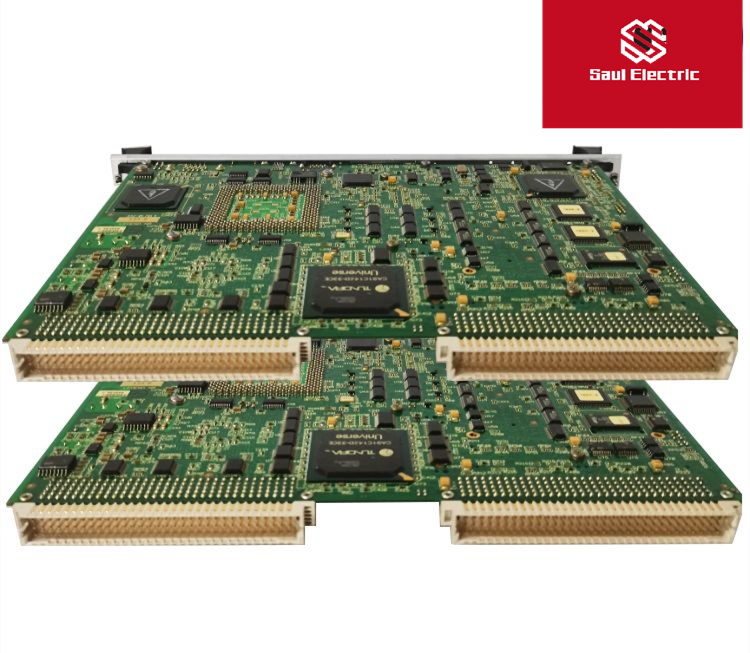

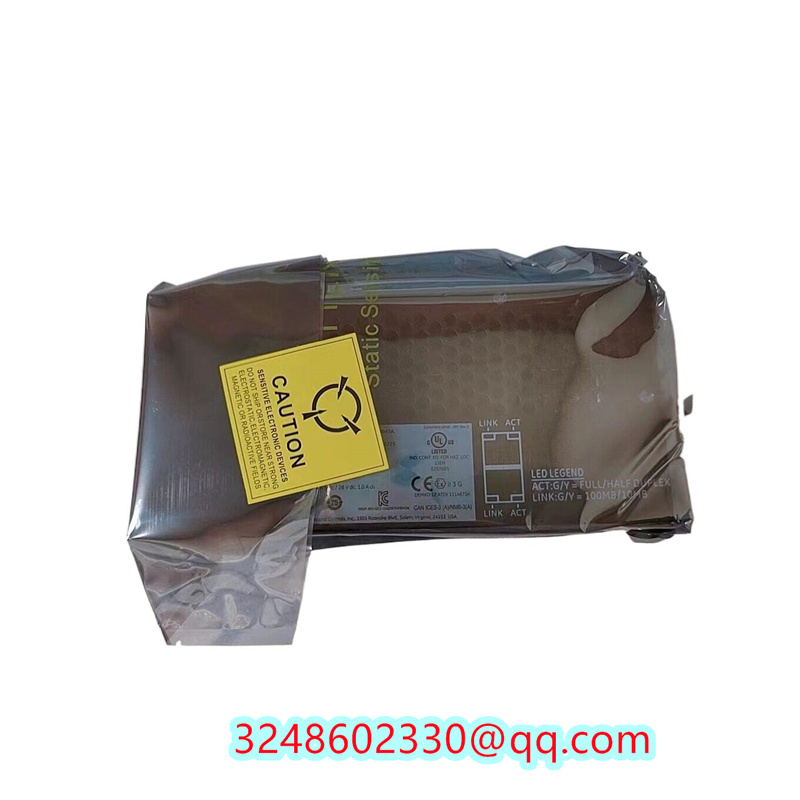
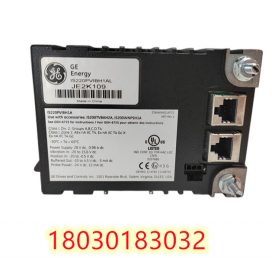
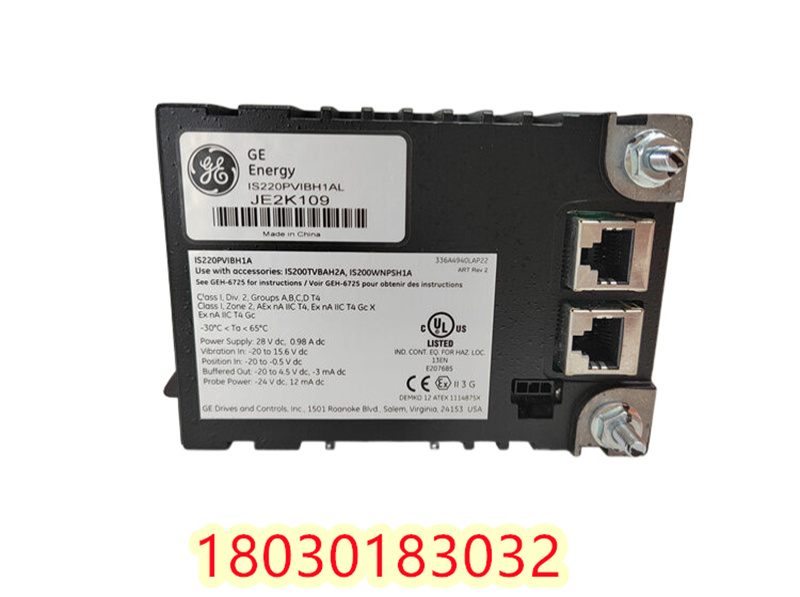
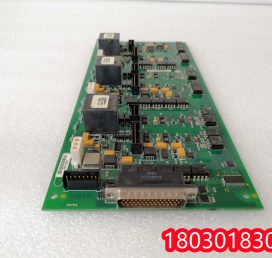
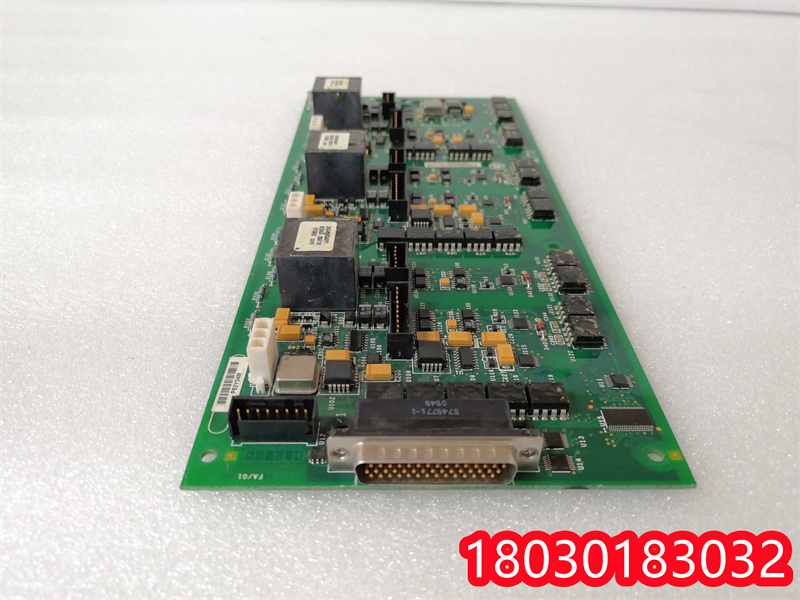
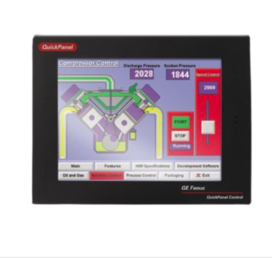
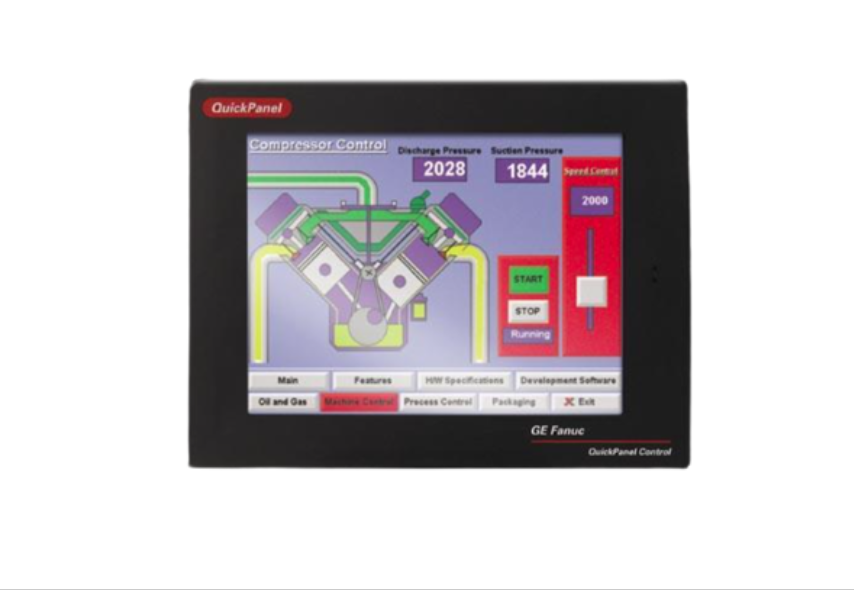
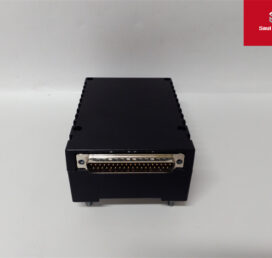
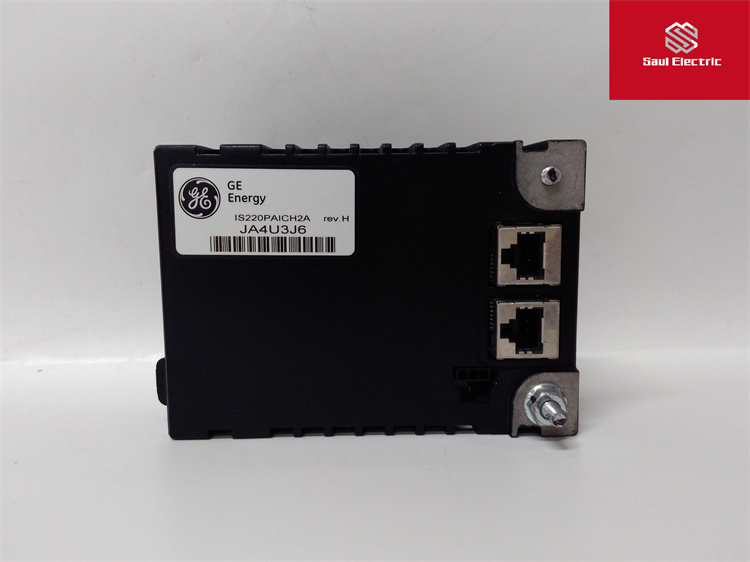


Reviews
There are no reviews yet.